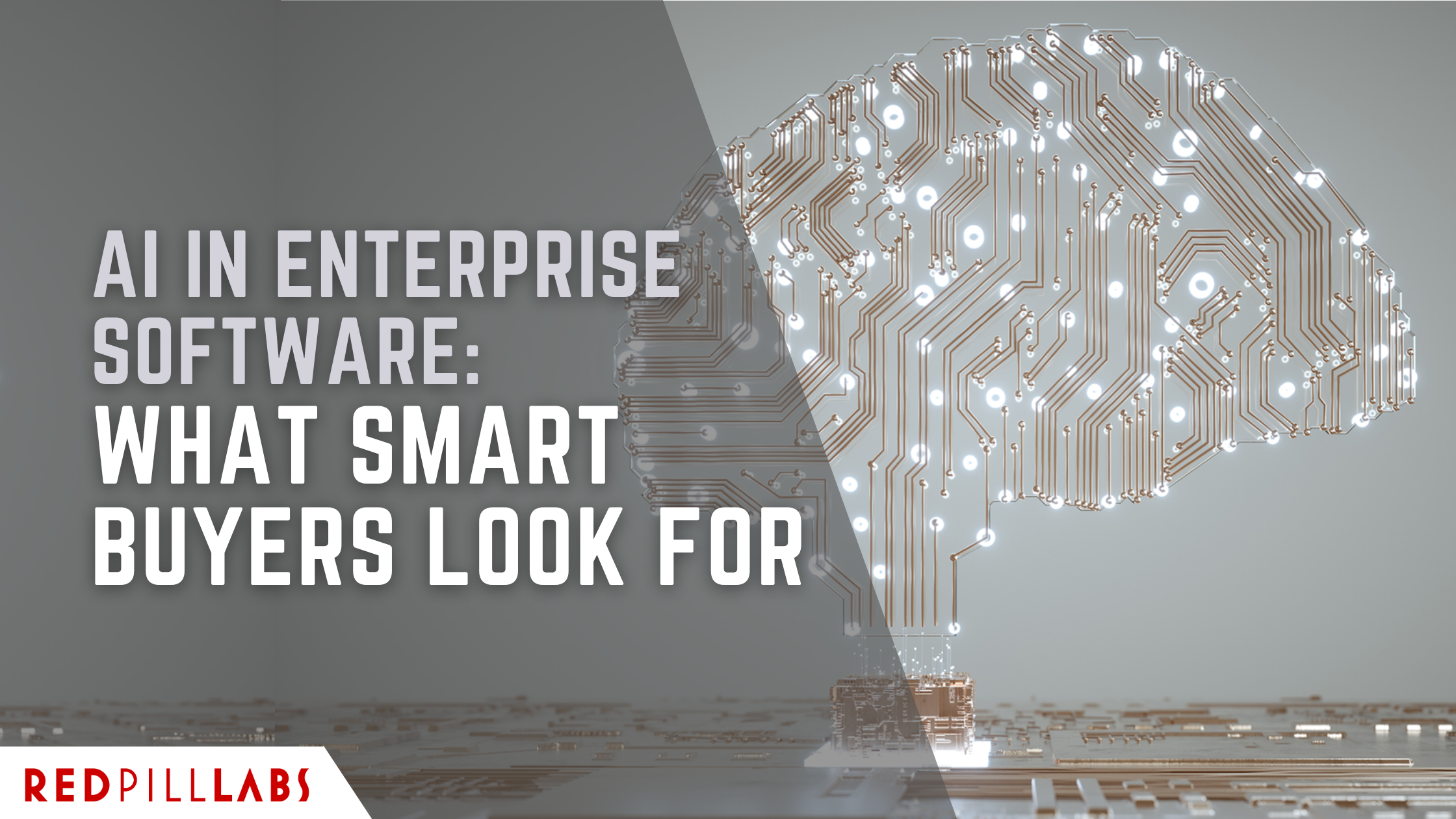Cost of Change vs Value of Change: ROI on Retail Technology Implementations
Retailing is a challenging field, and in today's competitive landscape, retail stores face increasing pressure to adapt and evolve. With the rise of technology, especially with advancing AI (Artificial Intelligence) and ML (Machine Learning) capabilities, the options for enhancing retail operations seem endless. From CRM systems to digital signage and eCommerce platforms, the array of possibilities can be overwhelming for retail store owners.
Successful retail stores prioritize navigating through all the complexities of adopting new technology, while also considering the return on investment (ROI). While some technology is essential, such as point-of-sale systems and security measures, other innovations can significantly impact operations and customer experiences.
Understanding Costs in Retail Technology Implementations
Before diving into adopting new technology, it's crucial to understand the costs involved. These costs can be broadly categorized into hard and soft costs. Hard costs include upfront expenses like setup fees, monthly charges, and purchase prices. Soft costs, on the other hand, encompass labour-related expenses such as training, downtime during implementation, and adjustments to existing processes.
Moreover, the transition to new technology can also incur costs in terms of customer experience. Will the change alienate existing customers, or will it attract new ones? These questions need careful consideration to mitigate potential losses.
—> Ask Us about our Software Selection process.
Weighing the Cost of Change Against the Value of Technology
Change isn't always easy, especially in the retail environment where established processes and routines govern daily operations. However, the value that new technology can bring to a retail store cannot be underestimated. Whether it's increased revenue, reduced expenses, or improved quality of life for employees and customers, the right technology can revolutionize retail operations.
To determine the ROI of implementing new technology, a thorough analysis is necessary. This analysis involves projecting the benefits the technology will bring to the business. Factors such as increased sales, improved productivity, and enhanced customer retention need to be quantified and compared against the costs incurred.
Calculating ROI for Retail Technology
Consider a scenario where a retail store is contemplating investing in an eCommerce platform to boost online sales and customer reach. By estimating the potential increase in sales and factoring in the costs associated with implementing the new platform, the store can calculate the projected ROI.
For instance, if the expected increase in sales outweighs the costs of implementation, the investment would yield a positive ROI. However, it's essential to account for various scenarios and potential fluctuations in sales to make informed decisions.
Ensuring Optimal ROI from Retail Technology
Success in implementing new technology relies not only on selecting the right vendor but also on effectively managing the change process. Visible leadership support, clear communication, and ongoing oversight are vital to ensuring that the new technology delivers its intended benefits.
By monitoring usage, measuring results, and comparing them against initial ROI projections, retail store owners can adapt and optimize their technology investments for maximum impact.
In conclusion, while the cost of change may seem daunting, the value that innovative technology brings to retail operations makes it a worthwhile investment. By conducting thorough ROI analyses and implementing effective change management strategies, retail stores can stay ahead of the curve and thrive in today's dynamic marketplace.







